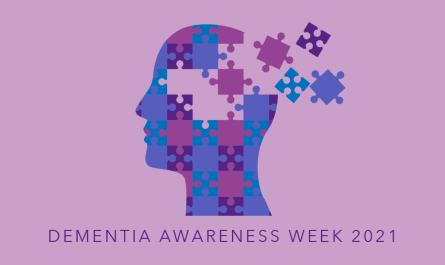Mental health disorders among children are relatively common and sometimes severe, occurring in about one in six children in the 7-17 age group, according to a study published in JAMA Pediatrics. The most common childhood mental disorders are anxiety, depression, and attention deficit hyperactivity disorder (ADHD).
COVID-19 pandemic has affected families across the country, and children, in particular, who are paying a heavy price with the loss of crucial school life, social isolation, and uncertainty. According to Psychiatry Times, research demonstrates that COVID-19 is affecting the mental health of children and adolescents and that depression and anxiety are widely prevalent.

The eight most common mental health disorders
Mental health disorders in children are characterized as significant changes in children’s learning, behavior, and emotions, which may get in the way of normal functioning. Here are the eight most common mental health disorders in children:
1. Anxiety disorders
Anxiety disorders in children are persistent fears and worries that interrupt their daily functionality, such as the ability to engage in playing, school or typical age-appropriate social activities. Diagnoses include generalized anxiety, social anxiety, and obsessive-compulsive disorders.
2. Attention-deficit/hyperactivity disorder (ADHD)
Children with ADHD exhibit difficulty with attention, impulsive behavior, hyperactivity or some combination of the above problems. According to Medicinenet, ADHD affects 8%-10% of school-aged children.
3. Depression and bipolar disorder
Depression is a persistent feeling of sadness and loss of interest, and can affect a person’s daily life. It can interfere with a child’s ability to function in school and interact with others.
Bipolar disorder is characterized by extreme mood swings that include emotional highs (feeling euphoric, full of energy) and lows (extreme periods of depression). This may go on for hours, weeks or months. When you are going through the highs of bipolar disorder, you may be prone to risky behavior. On the other hand, extreme lows can lead to suicidal ideation, self-harm, etc.
4. Autism spectrum disorder (ASD)
Autism spectrum disorder is a developmental and neurological condition that develops in early childhood — usually before age three. The severity of ASD symptoms varies from child to child; difficulty in communicating, challenges in social interactions and repetitive behaviors are some of the symptoms seen among them. According to MedicineNet statistics, autism spectrum disorder affects one out of every 59 children in the country.
5. Eating disorders
Eating disorders involve abnormal or unsafe eating habits. Eating disorders — such as anorexia nervosa, bulimia nervosa and binge-eating disorder — can lead to emotional and social malfunction and physical complications that can be fatal.
6. Learning and communication disorders
Children with these disorders have difficulties in storing and processing information, thus prevent them from learning new skills and using them effectively. It also affects their reading comprehension and the ability to articulate thoughts and ideas into written words. Examples of learning disorders include dyslexia, dyscalculia, and dysgraphia.
7. Post-traumatic stress disorder (PTSD)
PTSD is caused by either experiencing or witnessing violence, abuse or traumatic events, which result in prolonged emotional distress, anxiety, distressing memories, nightmares and disruptive behavior.
8. Schizophrenia
A chronic brain disorder that distorts how a person thinks, feels and behaves. It causes a person to interpret reality abnormally. Symptoms include hallucinations, delusions, and disordered thinking and behavior
“Although schizophrenia can occur at any age, the average age of onset tends to be in the late teens to the early 20s for men, and the late 20s to early 30s for women,” according to National Alliance on Mental Health.
Some of these disorders, such as anxiety, eating disorder, mood disorder, and schizophrenia, can occur in children as well as adults. Others, such as behavior and developmental disorders, learning and communication disorders, begin during childhood, although they may continue into adulthood. It is not uncommon for a child to have more than one mental health disorder.
Medical professionals use the guidelines in The American Psychiatric Association’s Diagnostic and Statistical Manual, Fifth Edition (DSM-5), to assist the diagnosis of mental health disorders in children.
Can mental health disorders among Children Be Prevented?
Most mental health disorders are caused by multiple factors and cannot be prevented completely. However, if symptoms are recognized and treatment is started early, many of the distressing and disabling effects can be prevented or at least minimized.
With @school, it is now possible to screen children for different disorders and ensure early detection. It also identifies high-risk students with a wide range of psychological screening assessments. This will further help in making a timely intervention, which can minimize or prevent the development of a diagnosable mental health disorder.




